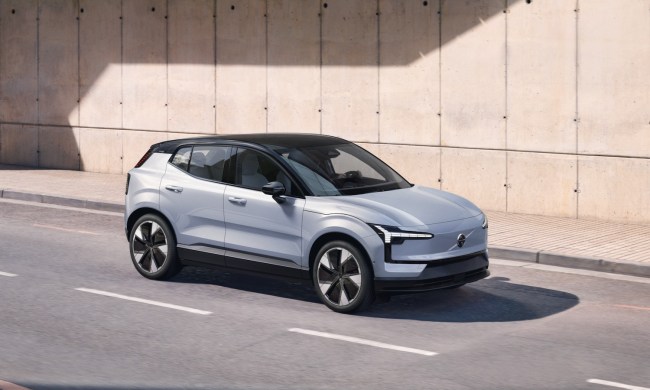Using a physical key to unlock a car door is starting to seem as archaic as operating a hand crank, and many new cars don’t even need a key for the ignition. But Volvo says it will be ready to offer a truly keyless car by 2017.
The Swedish carmaker says it will launch a mobile app that can replace physical keys. This “digital key” means owners won’t even need a separate key fob to access cars. In addition to making things more convenient for individual owners, Volvo also hinted that the Bluetooth-enabled app could be useful in future car-sharing services.
Many cars today allow owners to unlock the doors or start the engine without actually taking a key fob out of their pocket, but Volvo’s “digital key” allows a smartphone to perform these same functions. It also allows owners to grant access to other people, letting them borrow a car without having to physically exchange keys.
The ability to send “digital keys” between phones like text messages could also enable more convenient car-sharing services. A customer could simply receive a message granting them access to a nearby car, and that access could be set to expire when the person’s rental period ends.
Volvo plans to test this technology beginning in the spring using Sunfleet, its own car-sharing service. A fleet of test cars will be stationed at Gothenburg airport in Sweden and equipped with “digital keys.” If all goes well, Volvo plans to offer the technology on a “limited number of commercially available cars” next year.
Volvo’s concept might be the next logical step beyond key fobs and today’s more limited apps, which already allow owners of certain cars to do things like unlock doors and monitor a vehicle’s location remotely. While it will likely ensure that owners never lose their keys again, Volvo’s “digital key” could also create some of the same privacy and security concerns that already shadow other aspects of our increasingly digitized world. The carmaker notes that it has no plans to discontinue physical keys.


